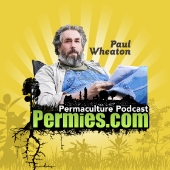F Agricola wrote:Did anyone mention wild honey or termite nests?
The nectar out of flowers is also good.
That would cover 'quick' energy and protein. Fat lizards, frogs and fish also provide protein and fat - 'slow' energy sources.
Excellent suggestions, thanks. In Thailand in remote areas I saw quite a few times people hunting for small (but fat) lizards. Another tasty treat, are bee larvae, still in the comb. Quite a lot of fat, and with honey around, a nice treat, but probably maybe not so easy to find/get.
Fat is something we take for granted, but in the wild, it is not plentiful. Wild meat is usually lean, so you would need to eat marrow, or kidney fat (and there found only in small quantities). Eggs have good fats, but maybe not always easy to find.










